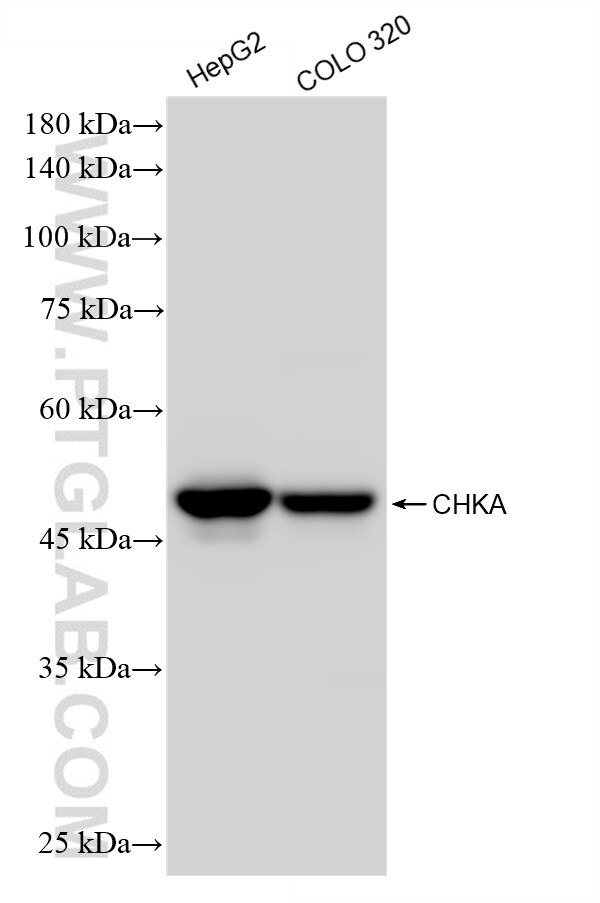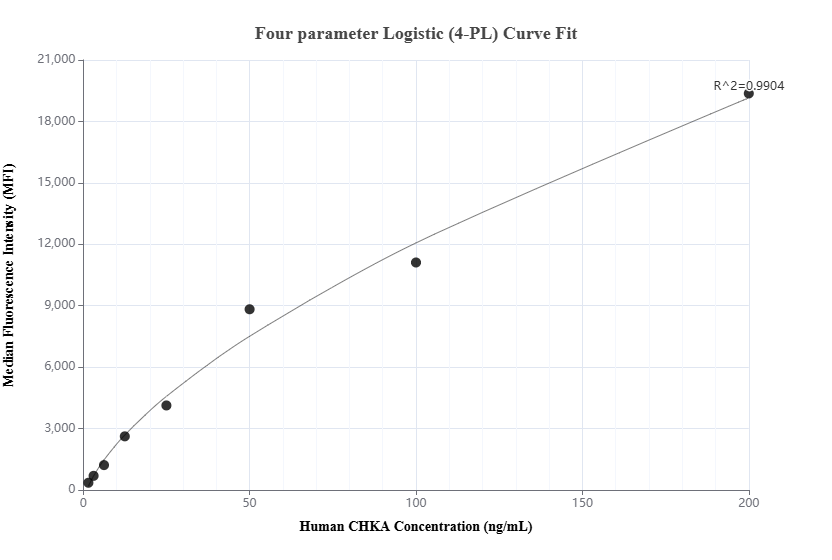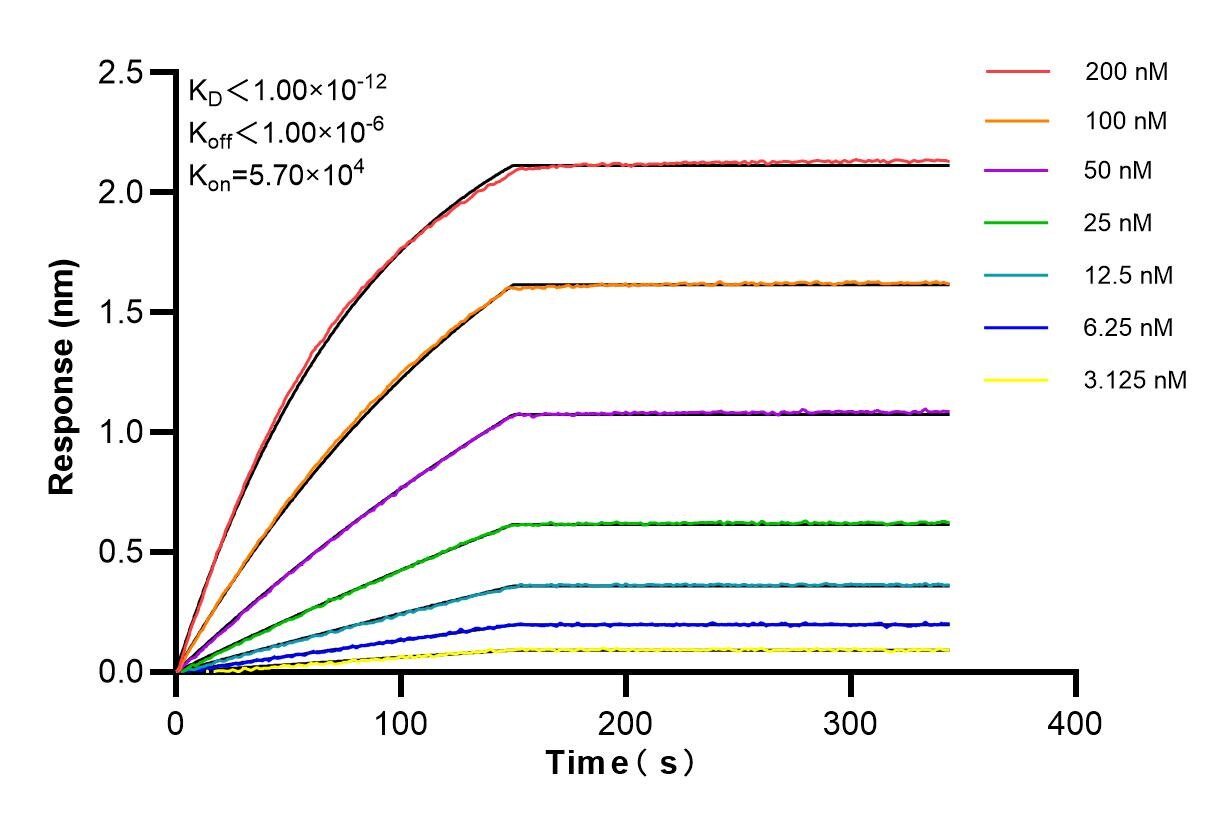Product Information
84881-2-PBS targets Choline Kinase Alpha as part of a matched antibody pair:
MP01644-2: 84881-1-PBS capture and 84881-2-PBS detection (validated in Cytometric bead array)
Unconjugated rabbit recombinant monoclonal antibody in PBS only (BSA and azide free) storage buffer at a concentration of 1 mg/mL, ready for conjugation. Created using Proteintech’s proprietary in-house recombinant technology. Recombinant production enables unrivalled batch-to-batch consistency, easy scale-up, and future security of supply.
This conjugation ready format makes antibodies ideal for use in many applications including: ELISAs, multiplex assays requiring matched pairs, mass cytometry, and multiplex imaging applications.Antibody use should be optimized by the end user for each application and assay.
| Tested Reactivity | human |
| Host / Isotype | Rabbit / IgG |
| Class | Recombinant |
| Type | Antibody |
| Immunogen | Choline Kinase Alpha fusion protein Ag4761 Predict reactive species |
| Full Name | choline kinase alpha |
| Calculated Molecular Weight | 439 aa, 52 kDa |
| Observed Molecular Weight | 50 kDa |
| GenBank Accession Number | BC036471 |
| Gene Symbol | CHKA |
| Gene ID (NCBI) | 1119 |
| Conjugate | Unconjugated |
| Form | Liquid |
| Purification Method | Protein A purification |
| UNIPROT ID | P35790 |
| Storage Buffer | PBS only , pH 7.3 |
| Storage Conditions | Store at -80°C. |
Background Information
Choline kinase alpha, also named as CHK, CKI and CK, belongs to the choline/ethanolamine kinase family. CHKa may have a regulatory role in phosphatidylcholine synthesis. CHKA catalyze the reaction: ATP + choline = ADP + O-phosphocholine. The human enzyme resembled the rat liver enzyme over the entire sequence. It also resembled the yeast enzyme in the carboxy-terminal region, but not in the amino-terminal region(PMID:1618328).And it expresses in human brain tissue but not in human skeletal muscle(PMID:21665002).It has 2 isoforms produced by alternative splicing.







